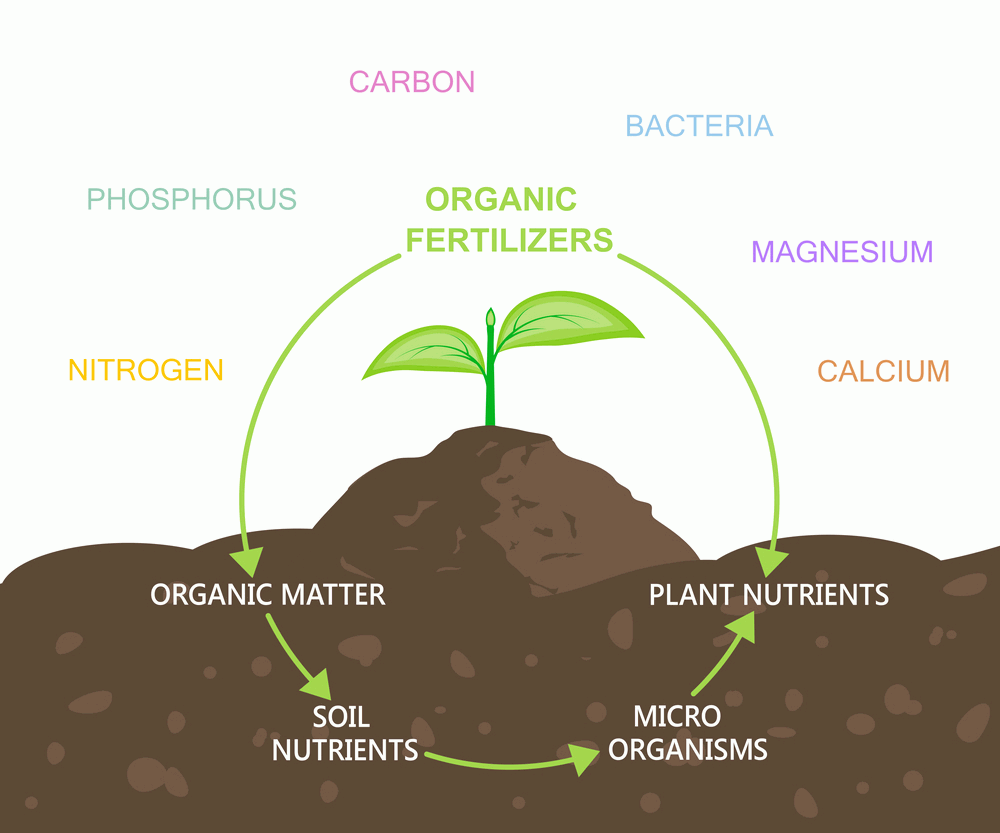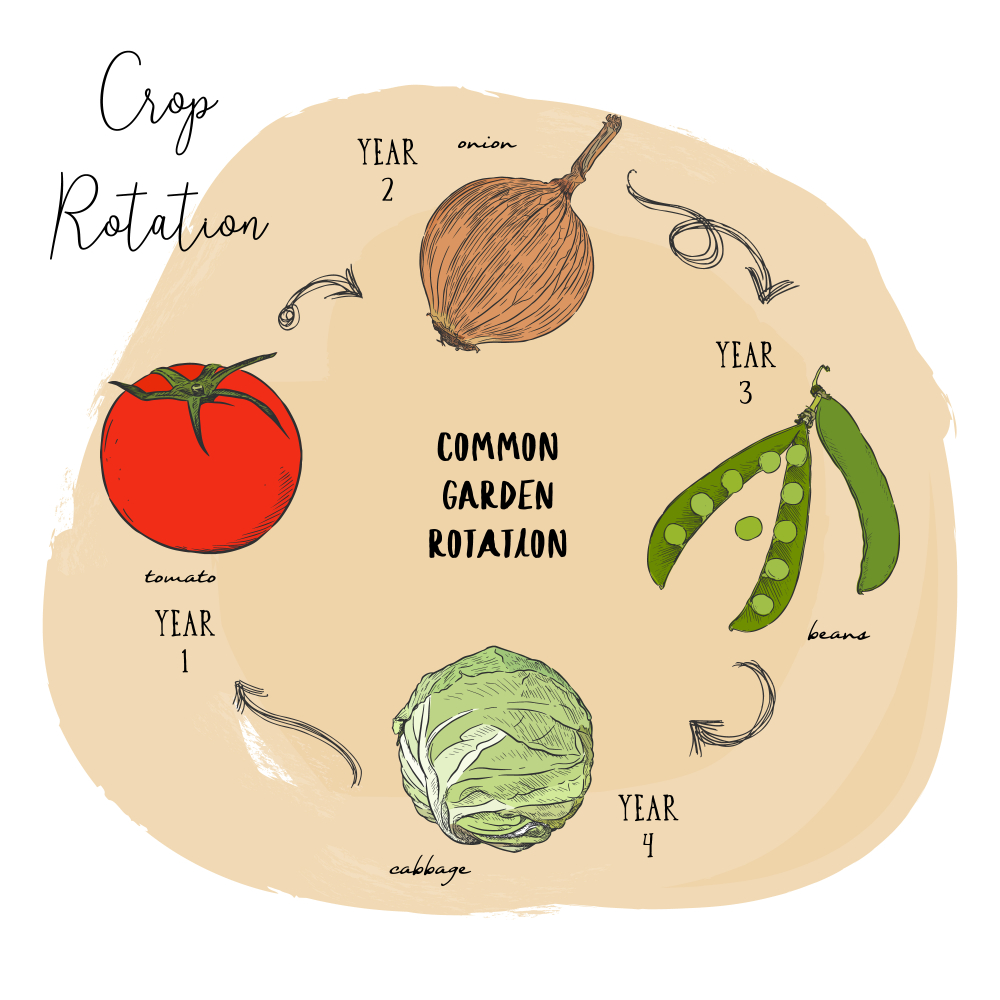

What is Air Pollution?
Air pollution refers to air pollution that is harmful to human and planet health in general.
The Clean Air Act enables the U.S. Environmental Protection Agency (EPA) to protect the public by regulating emissions of these harmful air pollutants.
NRDC has been an important authority in this law since its inception in the 1970s.
What are the Causes of Air Pollution?


“Most of the air pollution comes from energy consumption and production,” said John Walk, director of the Clean Air Project, which is part of the NNDDC Climate and Clean Air program.
Fossil fuels burn gases and chemicals in the air. Especially in the vicious cycle of catastrophic reactions, air pollution not only contributes to climate change but also escalates.
Air pollution in the form of carbon dioxide and methane increases the earth’s temperature. Another type of air pollution is exacerbated by the increase in the heat. When the weather is hot and there is more UV radiation, smog is formed
Climate change also increases the production of air pollution from allergens, including mold, and pollen.
Air Pollution Effects
Although we have made more progress over the past forty years by improving air quality in the United States through the Clean Air Act, climate change will make it difficult to meet future pollution standards, made to protect the planet.
1. Soot And Smog
These two types of air pollution are the most common. Smog, or “tropospheric ozone”, as it is called. It occurs when fossil fuel emissions interact with sunlight.
Soot, or “particulate matter”, is made up of small molecules of chemicals, soil, smoke, dust, or allergens in the form of gases or solids that pass through the air.
The simple English manual in the EPA Clean Air Act states: “In many parts of the United States, pollution has reduced the distance and clarity we see by 70%.”
The sources of soot and smog are the same. Both come from burning fossil fuels like cars, trucks, factories, power plants, fireworks, engines, coal, gas, or natural gas.
Small particles in the air, whether in the form of gases or solids, are especially dangerous. This is because they can enter the lungs and bloodstream and can cause bronchitis. Also, they can heart attacks and even can accelerate death.
Smoke can irritate the eyes and throat and can damage the lungs, especially those who exercise, children or the elderly. This is worse for people with asthma or allergies. These additional infections only increase their symptoms and can cause asthma attacks.
2. Dangerous Pollutants


They are lethal even in small quantities that pose serious health risks. The most common are mercury, lead, dioxin, and gasoline.
“These emissions are often released during gas or coal combustion, during combustion, or even when benzene is present in gasoline.
Benzene, classified by the Environmental Protection Agency, can cause short-term irritation in the eyes, skin, lungs, and long-term blood clotting problems. Dioxins, usually found in food but in small amounts in the air, can affect the liver in the short term and can damage the immune system, nervous system, endocrine system, and reproductive functions.
Large amounts of lead can damage children’s brains and kidneys. Even small amounts can affect children’s intelligence and learning ability. Mercury affects the central nervous system.
Polycyclic aromatic hydrocarbons, or PAHs, are toxic components of exhaust gases and smoke from forest fires.
In large quantities, they are associated with irritation, blood and liver problems, and even eye and lung cancer.
In a recent study, children with mothers exposed to excessive PAH during pregnancy are slower to treat the brain and have severe symptoms of ADHD.
3. Greenhouse gases


By trapping Earth temperatures in the environment, greenhouse gases are the main cause of warmer temperatures and climate change. These gases result in surface temperatures rise, more severe weather, heat-related deaths, and increased infectious diseases such as Lyme.
According to a 2014 study by the Environmental Protection Agency, carbon dioxide was responsible for 81% of the country’s total greenhouse gas emissions, and methane represented 11%.
“Carbon dioxide comes from the burning of fossil fuels, and methane comes from natural and industrial sources, which are released in large quantities during oil and gas exploration.
“We export large quantities of carbon dioxide, but methane is much stronger, so it is more destructive.” HFC, another class of greenhouse gases, is thousands of times more powerful than carbon dioxide in its ability to trap heat.
In October 2016, more than 140 countries signed an agreement to reduce the use of chemicals, which are used in air conditioners and refrigerators, and over time find green alternatives.
“NRDC estimates that more than 80 billion tons of carbon dioxide will be prevented over the next 35 years from reducing HFCs.
4. Pollen and Mold
Molds, trees, herbs, and allergens are also transported to the air, which is aggravated by climate change and can pose a health hazard.
It is not regulated by the government and is less directly related to the humanitarian process, but it can be considered as air pollution.
When homes, schools, or businesses face water damage, the mold can cause air pollution to increase due to allergies.
Exposure to mold can prevent asthma attacks or allergies, and some molds can produce toxins that will be dangerous for everyone who breathes.
Pollen allergy is made worse by climate change. Laboratory and field studies indicate that the more plants that produce carbon dioxide pollen, especially weeds, the more they grow and produce more pollen.
Climate change is also expanding the pollen production season, and some studies also indicate that fecal pollen may become a more sensitive substance. This means that more and more people will experience runny nose, fever, itchy eyes and other symptoms.
How to Reduce Air Pollution


- The fewer we burn, the better we work to reduce the harmful effects of air pollution and climate change.
- When it comes to transportation, make good decisions. Whenever possible, you can ride a bike or ride public transportation. For driving, choose cars that earn better miles per gallon or choose electric cars.
- You can also explore your electricity provider options: you can request to provide electricity by air or solar energy. Buying your food locally will burn trucks or air transportation across the country.
- Fossil fuels are going down, and perhaps most importantly,“ subsidizing “Leaders who advocate climate change, fresh air, and responsible actions on water and climate change.”
Protecting Your Health
- When you look at the newspaper or hear weather reports that the pollution level is high, it is helpful to determine when children go out or go for a walk.
- Perhaps.” Generally, ozone levels are low in the morning.
- When exercising, stay away from dense trading methods as possible. Then wash your clothes to remove the fine particles.
- If the air quality is poor, close the windows.
- Wear sunscreen. When ultraviolet radiation comes through the weak ozone layer, it can damage the skin and cause skin cancer.














